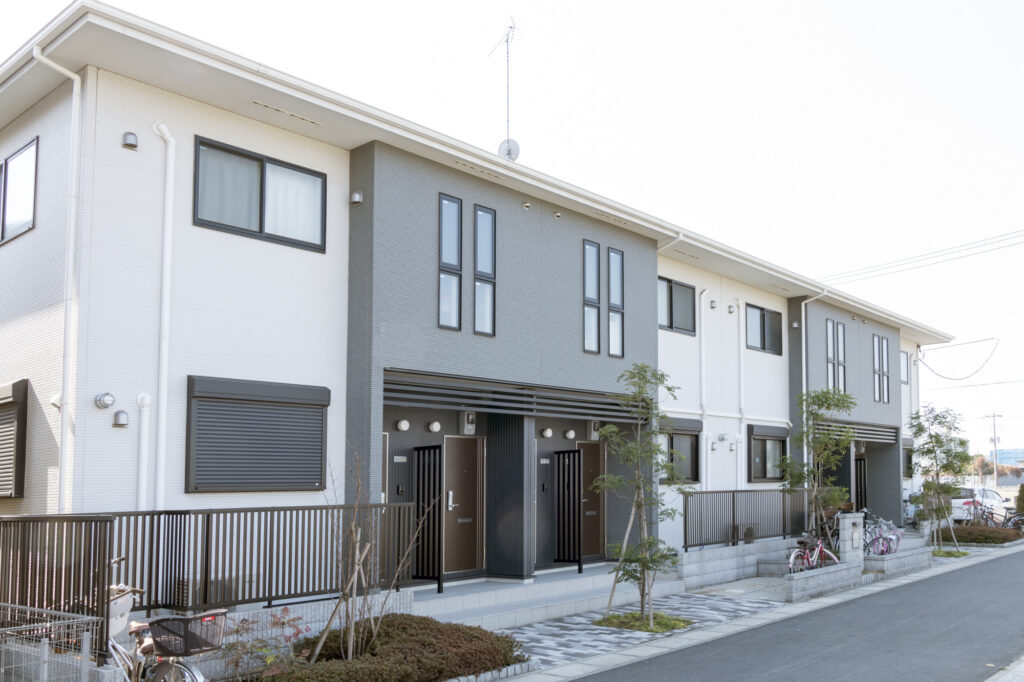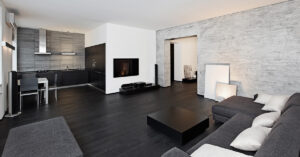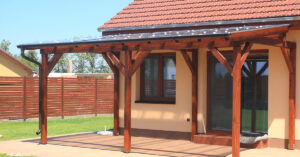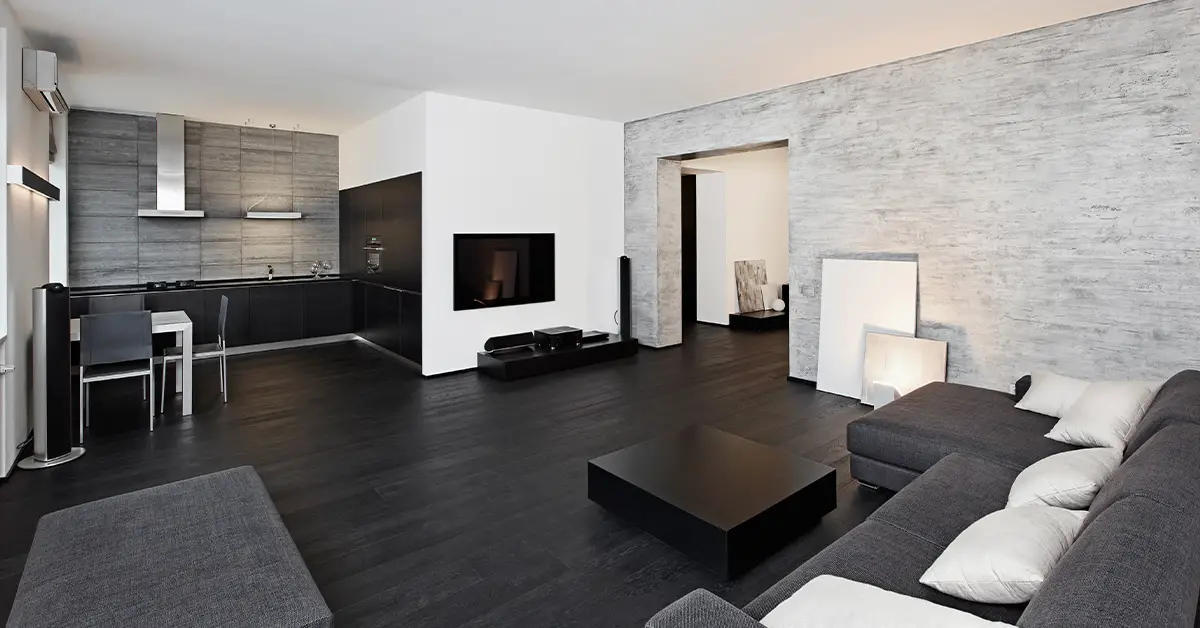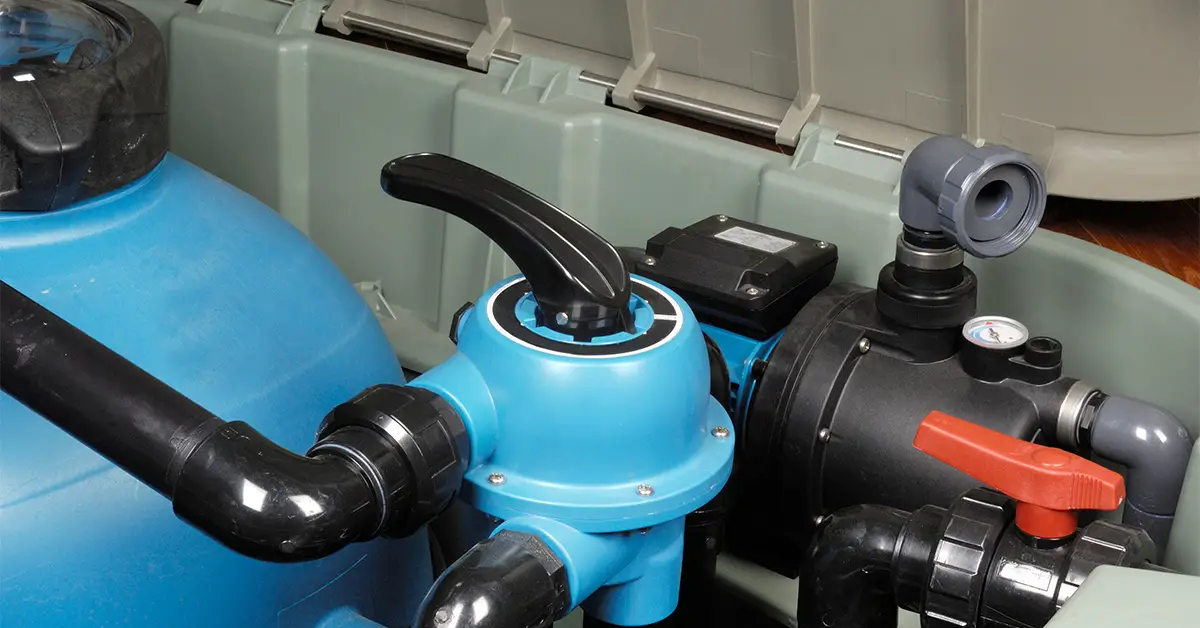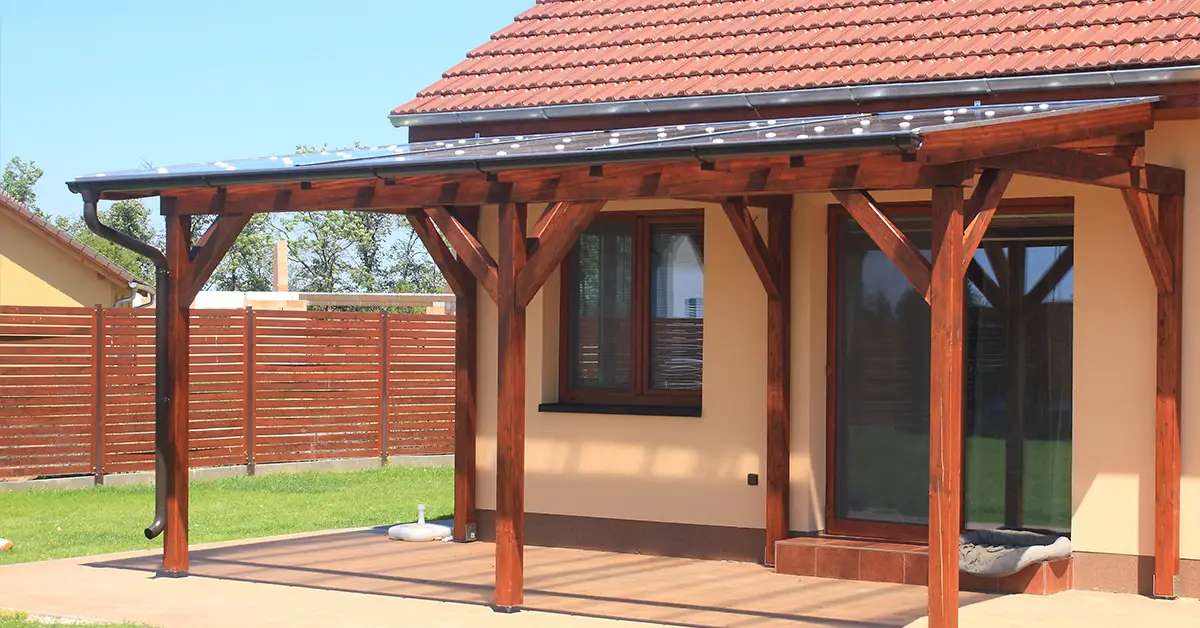Do you know the difference between unit and apartment?
Unit and apartment are housing units property owners put up for lease. A unit is self-contained housing separated from the primary house. An apartment is in a multi-storied building.
Though similar when it comes to terms of rent, a unit offers more freedom because you get the equivalent of an entire household. It can also have separate utilities, compared to an apartment where you may need to share with other tenants.
Not sure if you should get a unit or an apartment? Keep reading to find out the other differences between a unit and an apartment.
Table of Contents
Unit vs. Apartment
People interchange the terms unit and apartment when searching for a new place. However, these two words vary in many aspects.
What is a unit in real estate? It’s a housing unit within a group of dwellings. A unit is a space you can attach or detach from its group.
Owning a unit means living in a separate building from other tenants. You don’t need to share your space, and you get everything you need in your unit. You have a bathroom, kitchen, and room for yourself.
Now you may be wondering, what is an apartment? An apartment is a residential unit within a building. It occupies a part of the building, and you share some of the facilities with the other tenants.
There are several types of apartments, too. You can rent a studio, one-bedroom, or garden apartment.
2. Ownership
An individual who owns a unit can only rent that single housing unit. A homeowners’ association can help the owner handle their unit. They shoulder some of the responsibilities of the property owner.
An individual owns the apartment building. With this, the property owner can lease every apartment to a tenant. The landlord can ask for help from a property management company to deal with their tenants.
3. Policies
Policies are vital in a real estate agreement. They set the rules and regulations you need to follow while renting the place. Rules for a lease include payment, renewal, and termination.
They cover the fees, maintenance, and other restrictions as well. The policies agreed upon help both parties know their responsibilities in the contract.
Property owners would follow the typical contract agreement for a lease.
However, a unit owner can add and make specifications on the rules.
One example is the responsibility for repairs when there are damages in the unit. They could agree to share the cost or allow the renter to shoulder everything.
The landlord of an apartment can provide specific rules in their lease contract, too. However, the property management company handling the apartment building follows a uniform policy.
For example, the landlord can state the tenants need to share residential spaces. They can include consequences of meddling in another tenant’s business as well.
4. Space
At most, a unit offers two rooms with a separate bathroom. It lacks space for more furniture like a couch and loveseat. It’s like a studio-type apartment, offering a large room you can split.
An apartment can have up to three rooms with a spacious kitchen and living room you can enjoy. It also provides enough storage like cabinets and a walk-in closet for your things.
5. Features
Another difference between units and apartments is their features. Features include essential facilities, equipment, and service in a housing unit. Examples are storage units, appliances like the stove, and more.
As mentioned, a unit is a separate dwelling. Thus, you don’t share the features it has with other people. You have a kitchen, bathroom, and storage to yourself.
Apartment features can differ with the type you’re renting.
For example, let’s say you rented a studio-type apartment. It’s a large room with a separate bathroom. You can split the space into your kitchen, bedroom, and living room.
Studio type apartment lacks laundry equipment, while other apartments provide built-in laundry area. With this, a unit and apartment differ in house size.
6. Amenities
Amenities are the extra features in a housing unit. These are non-essential facilities or services offered to tenants. They attract more tenants to rent their housing units.
Amenities for a dwelling unit can be common for an apartment building. A parking space is typical in some apartments. It depends on the owner if they want to provide separate parking for you.
Another non-essential feature for a unit is a loft.
Typical amenities in an apartment building are an on-site gym and elevator access. Amenities in an apartment building are often more appealing than those in a unit.
7. Price of Rent
There is a difference between the rent price for a unit and an apartment. Several factors affect the price of the rent, including location, size, and features.
The price for a real estate unit is often lower than an apartment. However, the building, tax, and utilities affect the pricing for the rent. The average cost for a dwelling unit in the United States can range between $1,500 to $3,000 depending on your state.
The average rent for an apartment is different in every state. Hawaii has the most expensive rent in the United States of America, with an average of $1,600.00. It’s the price of a two-bedroom apartment.
Expect to encounter higher costs for an apartment with three or more bedrooms. It’s the same case in Europe. The average rental cost for a three-bedroom apartment in Europe is €1,600.00.
Learning the Difference Between Unit and Apartment
People often interchange the terms unit and apartment when searching for a new home. A unit and apartment differ in owners, features, and price. Housing units offer amenities to attract tenants.
Now you know the difference between unit and apartment. Have you decided between an apartment and a unit? You can reach us here if you want more information about homes!

